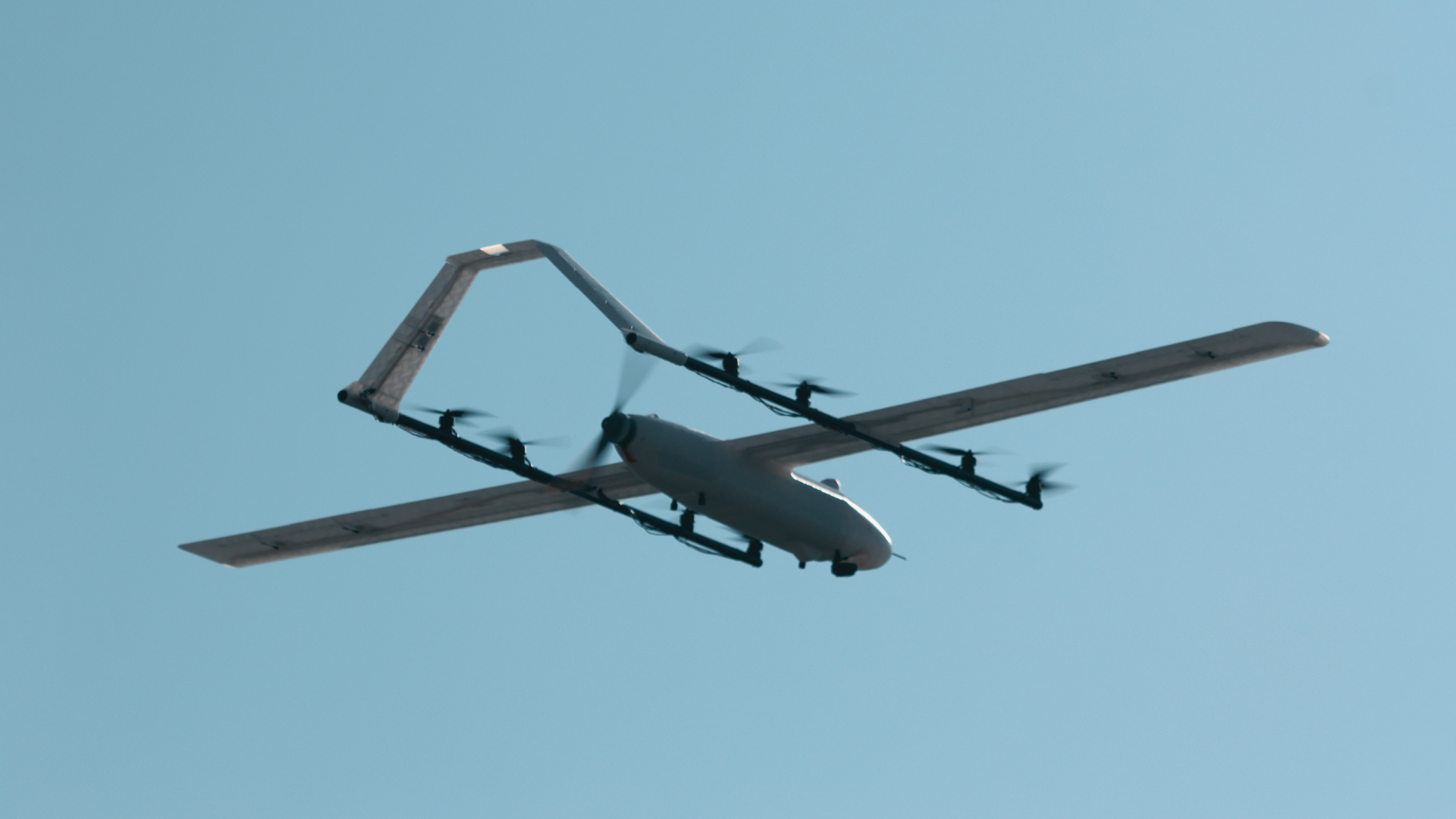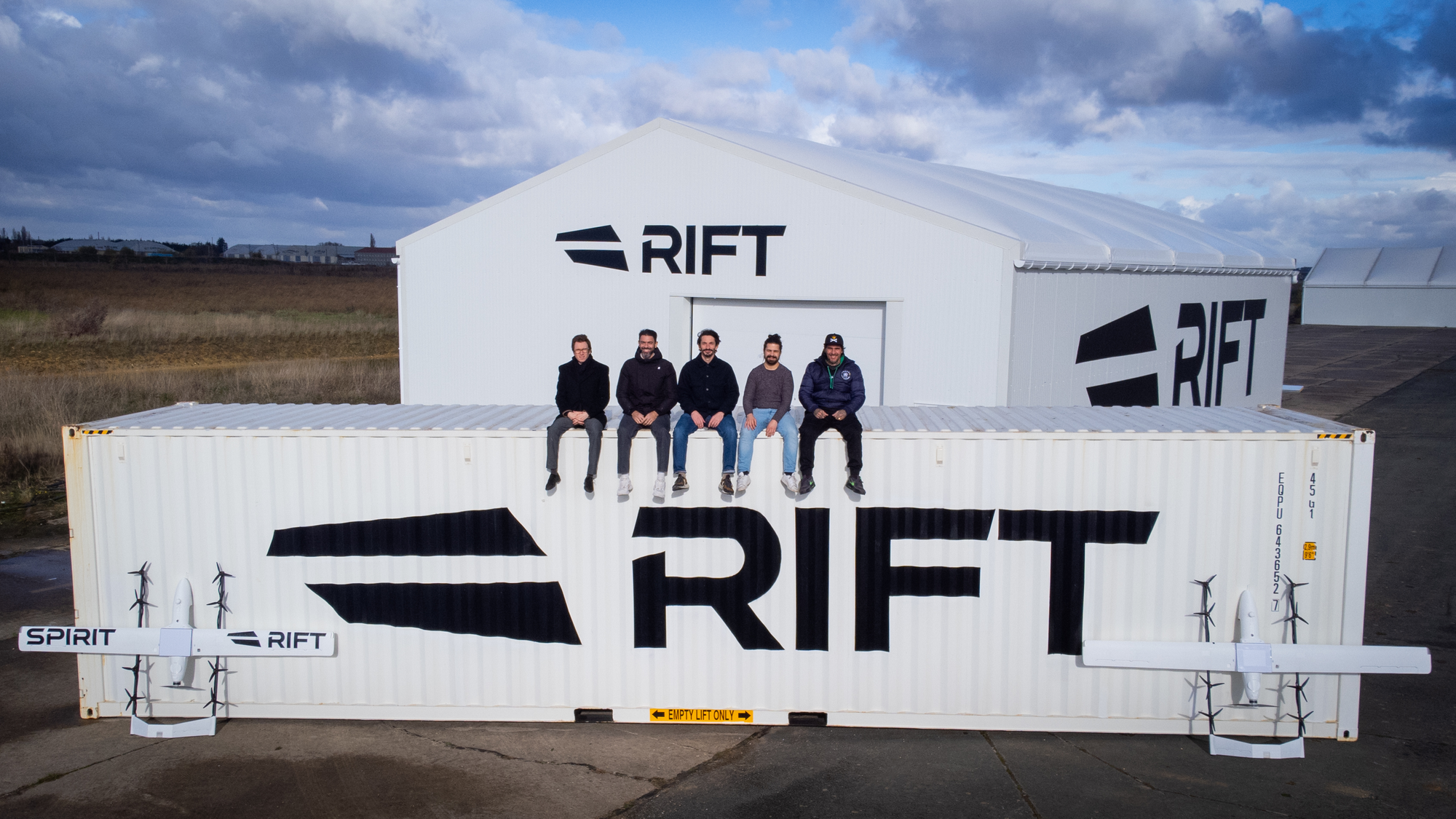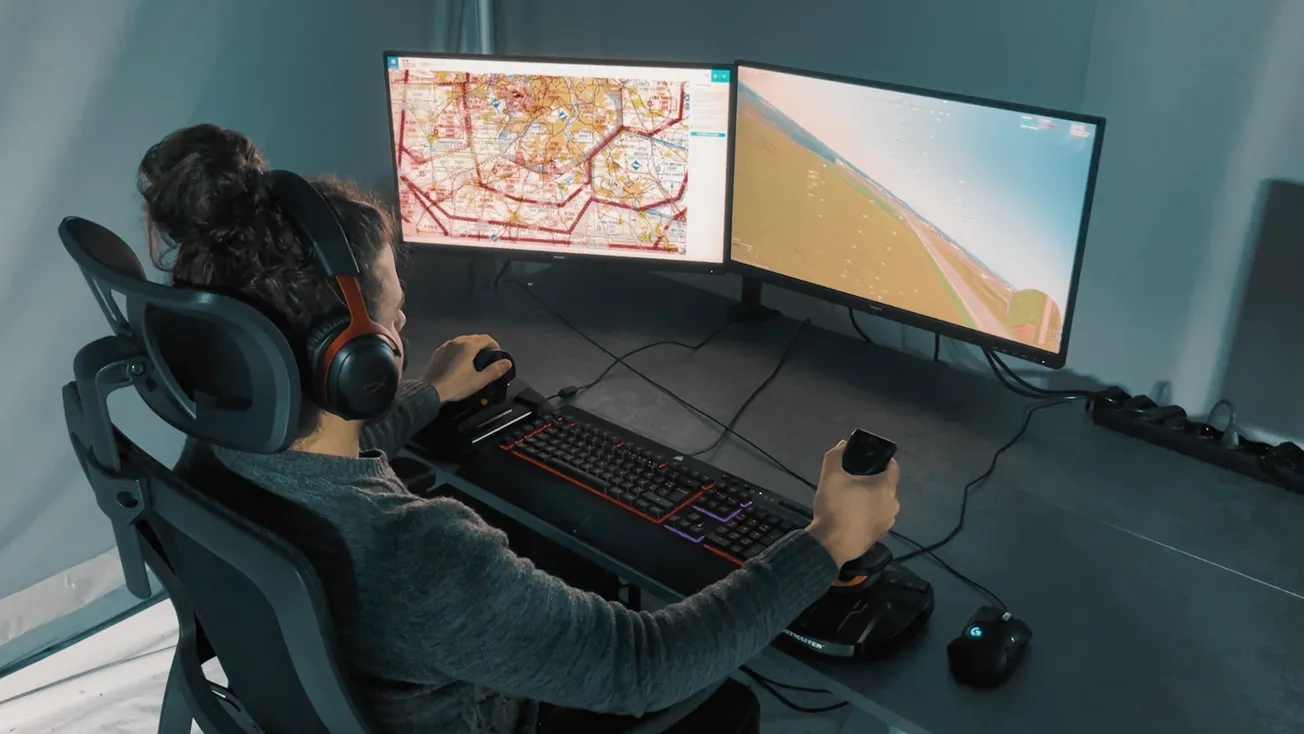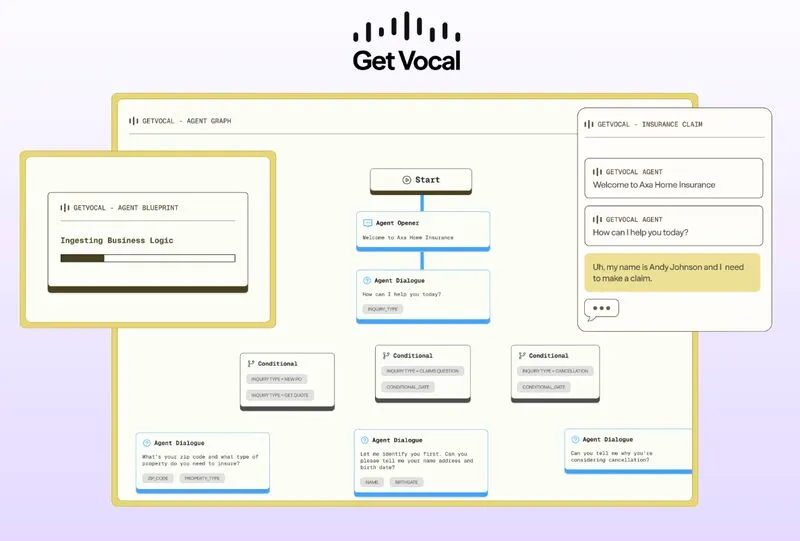When forest fires rage across southern Europe or suspicious vessels approach protected coastlines, the response to monitor the situation typically involves expensive helicopters that can cost over €3,000 per flight hour.
French startup Rift believes it has a better answer: a network of autonomous drones that can provide instant aerial surveillance anywhere, anytime, at a fraction of the cost.
The company is building what it describes as the world’s first network of long-endurance autonomous drones launched from remote stations, connected by a software platform that delivers persistent, on-demand surveillance of critical areas such as coastlines, pipelines, power lines, and borders. Rather than selling drones or software, the company sells access to this monitoring, which it dubs "intelligence as a service."
Rift's push to become Europe's aerial intelligence infrastructure got a boost this week with a €4.6 million round of funding that will help it transition from its development phase into its first operational deployments for governments and industrial partners. The timing of its development and Rift's early traction reflects a dramatic shift in Europe’s appetite for sovereign technologies as well as tech that can monitor and protect territory at a time of geopolitical instability and climate-driven disasters.
Rift was born from that convergence: technological readiness, regulatory necessity, and a growing market demand for faster, cheaper, more automated aerial intelligence.
A Founder Driven by Product and Possibility
When Daniel Nef began his career in tech more than a decade ago, he imagined building products that solved meaningful problems. Before embarking on Rift, Nef spent years honing what he calls his “expertise in product management,” including a run at OpenClassrooms that gave him a front-row view of hypergrowth.
That's where he met Dorian Millière, a drone hobbyist who had developed something remarkable in his spare time: technology capable of controlling drone fleets from anywhere in the world through a single operational center.
This seed of an idea gained urgency as the war in Ukraine accelerated drone innovation.
"We saw the war in Ukraine emerge. We saw drone technology moving really fast," Nef said. "And then we looked at how we could apply what we developed into the civil world. And we discovered that there were huge opportunities in the civil world, and there was a big lack of drone technology applied specifically to emergency response."
Building a New Class of Aerial Infrastructure
Rift's aerial intelligence network is a distributed system of long-endurance VTOL drones deployable from autonomous ground stations within a minute's notice.
“We’re building an aerial intelligence network via long-endurance drones to protect territories, critical infrastructure, and populations,” Nef said.
The core of Rift’s platform is a full-stack approach that combines its own drones, its own autonomous launch stations, and its own software system, RiftOS. The goal is not to sell drones but to provide a persistent aerial layer that organizations can tap into instantly. The drones are vertical-takeoff aircraft that transition into horizontal flight and can be launched within one minute from those autonomous ground stations.

From there, Rift streams multiple real-time video feeds back to a single command center, where a pilot in command has full situational awareness. This is the model that Nef calls “intelligence as a service.”
Customers don’t buy a drone fleet, or they don’t hire and train pilot teams. They subscribe to surveillance capability, much like subscribing to a telecom network or cloud service.
This shared-infrastructure model unlocks economies of scale, Nef said. Each station can serve multiple customers, allowing ministries, infrastructure operators, and local authorities to activate surveillance when they need it.

This approach transforms what has historically been a capital-intensive capability into a flexible, zero-CAPEX service. Government ministries, infrastructure operators, and cities can activate Rift's surveillance capacity exactly when they need it, booking surveillance hours much like one would reserve computing resources from a cloud provider, Nef said.
Regulation and the Push for Sovereignty
One of the biggest barriers to long-range drone deployment in Europe has been regulation. Rift built its technology and its strategy specifically to address that challenge.
European authorities have been cautious about opening airspace to autonomous systems, particularly for long-range operations. Current regulations require operators to file flight plans days in advance and establish no-fly zones that alert other aircraft to avoid the area.
The company's breakthrough is a proprietary detect-and-avoid system that provides real-time situational awareness of the surrounding airspace.
"Right now, authorities block long-range drone flights because those drones are not able to ensure flight safety at all times, and that's what we provide," Nef explained. "We have pilots in command of our drone at any given time, and he has situational awareness of the airspace at all times and is ready to take control of the drone and avoid any collision, if an airplane or helicopter comes into its air volume."
This technology could be game-changing for emergency response. "Security forces right now, they purchase drones, long-range drones, they can only use them one, two, three days in advance, so they can't actually answer emergencies right now. And that's the big blocker we're lifting with our technology," Nef said.
“Technology is going faster than regulation,” Nef said.
Central to this is their proprietary detect-and-avoid system, which gives drones the awareness to prevent collisions with aircraft, something autonomous systems typically lack. The technical secret lies in the company's low-latency streaming technology, enabling drone control and obstacle avoidance from anywhere in the world, Nef said.
“Right now, authorities block long-range drone flights because those drones are not able to ensure flight safety at all times, and that’s what we provide,” Nef said. Their approach means “we don’t have to define… no-fly zones anymore, and that unlocks basically the European sky.”
Rift has also taken a proactive approach, working closely with French aviation authorities (DGAC) and European regulators to develop safety technologies that could unlock broader operational freedom.
Rift's emergence comes at a fortuitous time. European governments are increasingly concerned about strategic dependencies on foreign technology, particularly from the United States, China, and Israel.
The company uses European components in its drones and ensures all collected data remains within European jurisdiction, complying with GDPR and other privacy regulations. Rift only works with European public agencies and regulated infrastructure operators. Private individuals can't simply hire the service to spy on neighbors.
"Europe needs sovereign capabilities," Nef said. "We offer a European alternative: drone station software and data fully controlled in Europe, operated from European data centers."
Real-World Applications
The company is beginning operations with the French state and infrastructure operators, including GRTgaz, France's largest gas pipeline operator, managing 33,000 kilometers of pipeline.
The pipeline surveillance use case illustrates the practical value: any unauthorized work near pipelines represents a major incident risk. Rift's drones provide continuous surveillance, detecting potential threats before disasters occur. Similar applications extend to railway monitoring, power line inspection, maritime surveillance, and wildfire detection.
"When a state, an energy operator, a city, needs real-time surveillance, real-time visibility, they just have to activate the Rift station by basically clicking on a point on a map, and they have instant visibility on a sensitive zone in a few seconds or a few minutes," Nef said.
From Prototype to Deployment

Central to Rift's strategy is the ability to scale rapidly and cost-effectively. The company has embraced additive manufacturing (3D printing) for its drone production, allowing for mass production at competitive costs. This approach, combined with standardized station designs, enables rapid network deployment while maintaining pricing that Nef claims is up to ten times lower than traditional aerial surveillance methods.
"For the same budget, they can multiply their observation and their surveillance capability," Nef noted.
With two years of R&D behind it, the new funding comes at a pivotal moment. The €4.6 million funding round was led by U.S.-based AlleyCorp, with participation from France's OVNI Capital. The money will accelerate production of Rift’s stations, strengthen the software platform, and double the team by the end of 2026.
Rift plans to double its workforce to 20 people by end-2026, focusing on R&D, data, certification, and production. The immediate goal is to harden the technology through real-world operations and prepare for industrial-scale deployment by 2027.
"We validated technology, we cleared the regulatory path, and now the next step is deploying our technology in the field," Nef said.

Looking ahead five to ten years, Nef envisions a world where activating a Rift drone is as simple as connecting to Wi-Fi. When a ministry, operator, or city needs real-time visibility, "they just have to activate the Rift station by basically clicking on a point on a map, and they have instant visibility on a sensitive zone,” he said.
Achieving that vision will require thousands of stations across critical areas, from borders and coasts to metropoles, pipelines, and forests. But Nef sees applications far beyond security: agriculture, environmental monitoring, and disaster response.
“We really want to make Rift as accessible…as internet connectivity,” he said, creating a persistent aerial layer for “those who protect our territory,” but eventually also for “any actor [who] needs to better see and understand their environment.”
"We want to make Rift as accessible as internet connectivity for those who protect our territory," Nef said. "But not just for them, but also in the future, for any actor who needs to better understand their environment, where they could benefit from real-time aerial surveillance."







